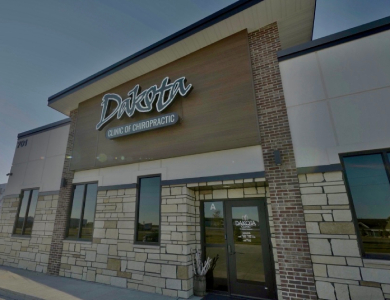
Subluxation degeneration is a progressive condition that affects the spine. It's a common issue, yet many people are unaware of what it entails and the severe impacts it can have on one's health. Understanding subluxation degeneration is crucial because it informs us about the importance of maintaining spinal health, correcting spinal misalignments, and preventing degeneration.
What is Subluxation Degeneration?
Subluxation refers to a misalignment or dysfunction of the spinal joints. When these subluxations are not corrected, they can lead to degeneration - a process where your spine slowly deteriorates over time. This degeneration happens gradually and can take many years before the symptoms become noticeable.
The reason why it's imperative to understand subluxation degeneration is that it's often overlooked until it's too late. It's a silent condition that gradually deteriorates your spinal health, leading to severe complications if not addressed in time.
Exploring the Phases of Subluxation Degeneration
Subluxation degeneration progresses in different phases, each with its unique characteristics and symptoms. The phases of subluxation degeneration provide a roadmap for understanding the progression of this condition, which can be beneficial in diagnosing and treating it effectively.
Phase one is often known as the initial phase of subluxation degeneration. During this phase, there might be minor pain and discomfort, but it's usually dismissed as 'normal' aches and pains. However, x-rays would show a loss of the normal spinal curve, disc spacing, and possibly even minor bone spurring.
In phase two, the degeneration becomes more noticeable. The body starts to show signs of aging, and the symptoms become more frequent and severe. X-rays at this phase would show a decreased disc height and bone spurs.
Phase three is the advanced stage of subluxation degeneration. At this point, there's significant spinal decay, nerve damage, and the development of scar tissue. The damage is irreversible, and the individual experiences chronic pain and limited mobility.
Treatment Options for Subluxation Degeneration
While subluxation degeneration is a progressive condition, there are various treatment options available to manage the symptoms and slow down the progression. The treatment for subluxation degeneration often depends on the phase of degeneration, the severity of the symptoms, and the individual's overall health.
Chiropractic care is one of the most effective treatment options for subluxation degeneration. It helps to correct spinal misalignments and restores normal function. Regular chiropractic adjustments can help manage the symptoms, slow down the progression, and even reverse the early stages of degeneration.
Additionally, physical therapy, massage therapy, and acupuncture can also be effective in managing the symptoms of subluxation degeneration. These therapies can help improve mobility, reduce pain, and improve overall quality of life.
Preventing Subluxation Degeneration: Tips and Techniques
Prevention is always better than cure, and this is particularly true for subluxation degeneration. There are several tips and techniques that can help prevent the onset and progression of this condition.
Maintaining good posture is one of the most effective ways to prevent subluxation degeneration. Good posture helps to keep the spine aligned and reduces the risk of developing subluxations. Regular exercise, particularly activities that strengthen the core and improve flexibility, can also help maintain spinal health.
Eating a balanced diet rich in anti-inflammatory foods can help reduce inflammation in the body and prevent degeneration. Moreover, regular chiropractic check-ups can help detect and correct subluxations before they progress into degeneration.
Navigating through Subluxation Degeneration
Understanding subluxation degeneration, its phases, symptoms, and impacts is crucial for early detection and effective treatment. Chiropractic plays a significant role in managing and preventing subluxation degeneration, offering a holistic approach to maintaining spinal health. While there are various treatment options available, prevention remains the most effective strategy.
For more information on subluxation degeneration and treatment options, visit Dakota Clinic of Chiropractic in our West Fargo, North Dakota office. Call (701) 566-5455 to schedule an appointment today.









